I believe a number of common positions, cues, and drills are contributing to the pitcher injury epidemic.
The problem is that, while these cues and drills do work in the short run, recent research suggests they also tend to overload the elbow and the shoulder and often lead to problems in the long run.
What's worse, once these cues work their way into a pitcher's arm action, it is extremely difficult to get them out and help the ballplayer move to a healthier movement pattern.
The Most Dangerous Position
The Most Dangerous Position is problematic because it reinforces an incorrect notion about what proper Timing looks like.
The Most Dangerous Cues
The Most Dangerous Pitching Cues are a quintet of cues that prevent pitchers from being able to throw with their entire bodies and force pitchers to create a Timing problem in order to achieve their goal of throwing hard.
The Most Dangerous Drill
I have never seen a pitcher do The Most Dangerous Pitching Drill and not make the Inverted W.
Never.
Other Problematic Positions, Cues, and Drills
There are a number of other positions, cues, and drills that, in my opinion, are contributing to The Epidemic.
Point the Ball at Second Base/Center Field
As I discuss at length in my pieces on Premature Pronation and Pitching MRSA, in my opinion the pitcher injury epidemic began with the proliferation of a cue that I learned as "Show the Ball to Center Field" but that goes by a number of other names...
- Show the Ball to Second Base
- Keep Your Fingers on Top of the Ball
Jose Fernandez is one pitcher who does this.

Jose Fernandez
The problem with teaching a pitcher to do this is that it will tend to create a Timing problem where the pitcher's arm isn't up and in the correct position at the moment their front foot plants and their shoulders start to rotate.
Keep Your Fingers on Top of the Ball
In early 2013, I was asked by a number of media outlets to comment on Matt Harvey's success and his pitching mechanics. As I discuss in my piece on Matt Harvey's pitching mechanics, while I found him to be very impressive in a number of ways, I found a number of pictures of Matt Harvey that raised concerns.
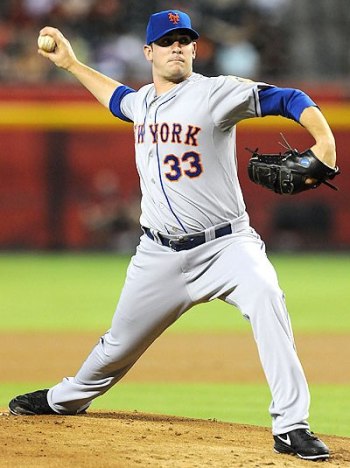
Matt Harvey
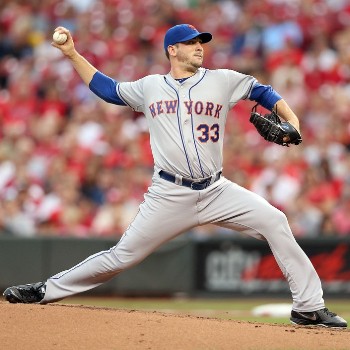
Matt Harvey
The problem was that Matt Harvey had a Timing problem; his arm wasn't up and in the right position at the moment his front foot planted and his shoulders started to rotate.
Justin Verlander does something similar, but with a critical difference.
Power T
I don't know what Matt Harvey was taught and what cues were used to develop his arm action. However, I have worked with kids who have been taught something called the Power T that looks very much like what Matt Harvey demonstrates when he talks about his pitching mechanics and does when he pitches.
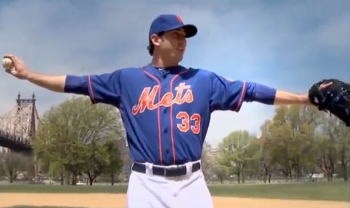
Matt Harvey
Reach Back For Power
One thing you will see pitchers -- and increasing numbers of pitchers -- do is what looks like half of a Power T. After breaking their hands, they stick their glove straight back toward second base.
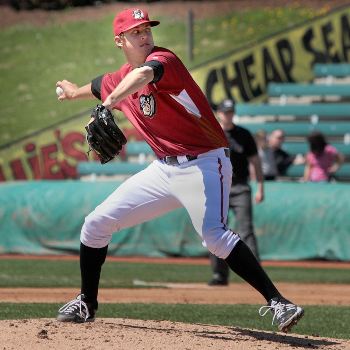
Jameson Taillon
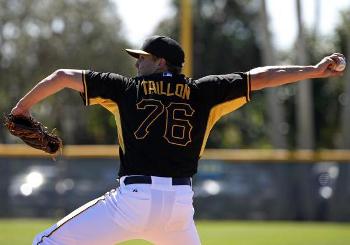
Jameson Taillon
The problem with doing this is that it will tend to create tension in the throwing arm and keep it from getting up on time.
Break Your Hands With Your Elbows
The Inverted W -- a term that was coined by Paul Nyman, not me -- is the arm action that is most closely associated with my work. The Inverted W is one of a family of arm actions that in my opinion helped destroy the shoulders of Mark Prior, Chris Carpenter, Joel Zumaya, and many other pitchers. It did this by creating a timing problem that overloaded the shoulder, which produced short-term velocity gains and long-term shoulder problems.
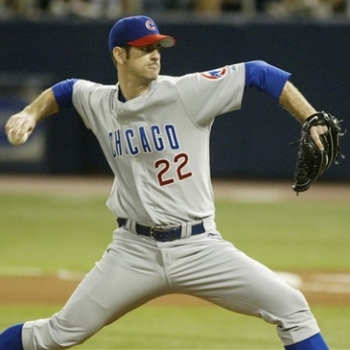
Mark Prior
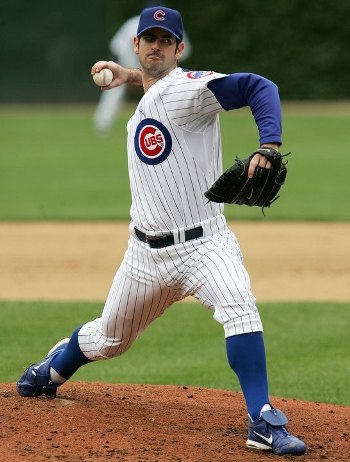
Mark Prior
Joel Zumaya's problem was an Inverted V, which is essentially half of an Inverted W.
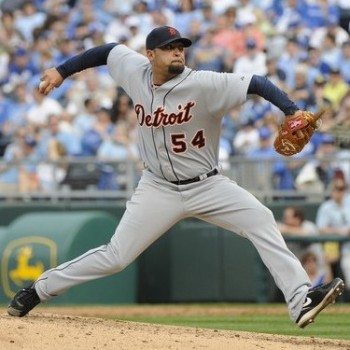
Joel Zumaya
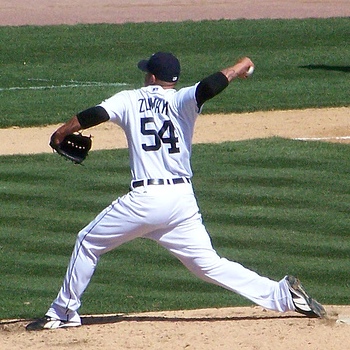
Joel Zumaya
In the case of Chris Carpenter, his problem was a variant called the Inverted L.
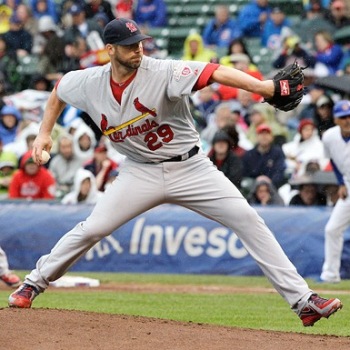
Chris Carpenter
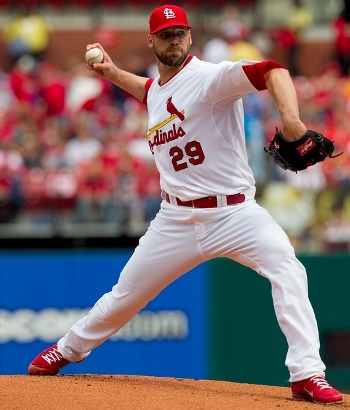
Chris Carpenter
Unfortunately, while many people have grown concerned with the Inverted W, there are still many people who teach it to their students for the simple reason that it works.
It does help ballplayers throw harder.
At a price.